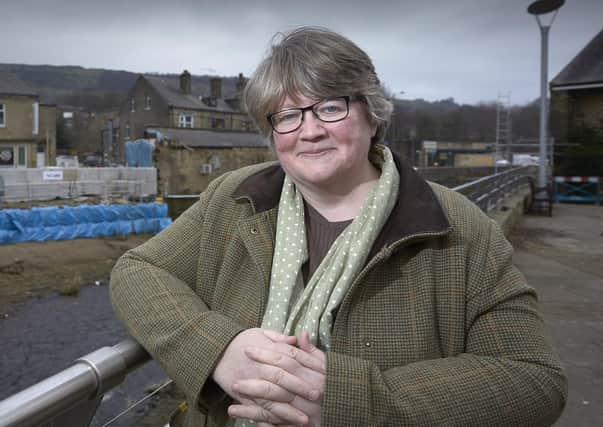Child poverty in East Riding at highest level in six years before pandemic, new figures show


With child poverty hitting “devastatingly high” levels across the UK, charities are urging the Government to take action to prevent more families from falling into hardship when the crisis ends.
Department for Work and Pensions data shows in the East Riding 9,407 children aged under 16 were living in families with low incomes in 2019-20 – an estimated 17% of all youngsters in the area.
Advertisement
Hide AdAdvertisement
Hide AdThat was up from 15% the year before, and the largest proportion since comparable records began in 2014-15.
A family is defined as in low income if it earns less than 60% of the national median household income before housing costs are considered.
Families are included in the figures if they have claimed child benefit alongside another means of support, such as Universal Credit, tax credits or housing benefit, at some point in the year.
Of the children in poverty in the East Riding last year, 2,588 (28%) were below school age.
Advertisement
Hide AdAdvertisement
Hide AdThe majority of children (69%) were in working households, while 42% were in lone-parent families.
They were among 263,500 under-16s in poverty across Yorkshire and The Humber as a whole last year.
Different figures show that across the UK, a record 3.2 million children were living in relative poverty in 2019-20 – with the figure rising to 4.3 million after housing costs were taken into account.
Imran Hussain, director of policy and campaigns at charity Action for Children, said: “The Government is in denial over child poverty which continues to rise and threatens to torpedo its flagship plans for levelling up.
Advertisement
Hide AdAdvertisement
Hide Ad“Experts have warned that child poverty will rise even further after the pandemic, with working families facing a double threat this coming winter to their living standards as unemployment peaks and Universal Credit is cut. Three-quarters of children in poverty live in working families.”
Mr Hussain said families with children have been among the hardest hit by the pandemic.
“It’s vital the Government brings forward a credible plan to reduce poverty. It can start by making permanent the vital uplift in Universal Credit,” he added.
The Child Poverty Action Group, which is also calling for a boost to benefit payments, said the “dismal” figures show leaders need to take urgent action.
Advertisement
Hide AdAdvertisement
Hide AdChief executive Alison Garnham said: “Increasing child benefit by £10 per week would lift 450,000 children from poverty.
“One year from now we should not have to look at data showing even more children have fallen into poverty because of government inaction.
“We badly need a cross-government strategy to end child poverty and increasing child benefit should be the first action point.”
Work and pensions secretary Thérèse Coffey said average household incomes saw their strongest annual growth for nearly 20 years in 2019-20, meaning families went into the pandemic on a “firm financial footing”.
Advertisement
Hide AdAdvertisement
Hide Ad“We have since increased our support with an unprecedented package of measures targeting those with the lowest incomes to help families through a difficult year,” she added.
“Our relentless focus as we build back better is on getting Britain back on its feet through our multi-billion-pound Plan For Jobs.”